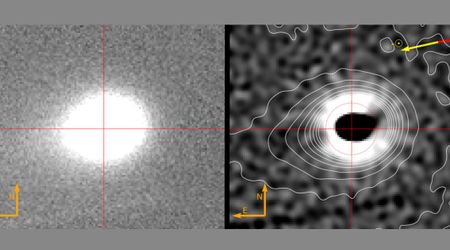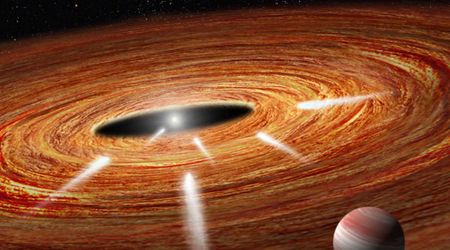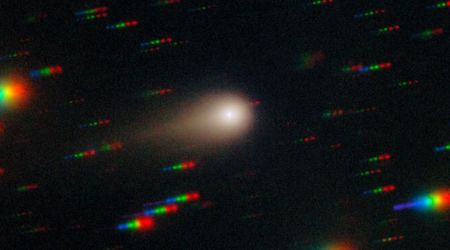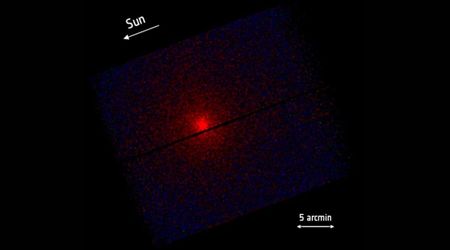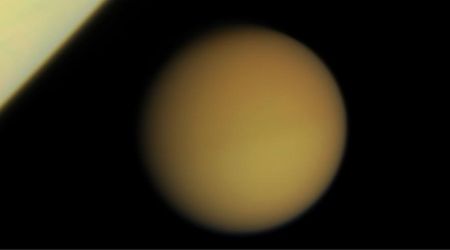VIPER moon rover faces delays as NASA abandons plans for industry-funded launch

NASA has changed its strategy for launching the Volatiles Investigating Polar Exploration Rover (VIPER) moon rover, which aims to find water ice at the lunar south pole. It scrapped its plan to have a commercial company fund and launch the VIPER moon rover and is looking at alternative approaches to get the mission off the ground.

In a statement on May 7, NASA said that they were cancelling a request they made back in February. This request, called a solicitation, was asking for ideas from commercial companies (the "industry") about how they could work with NASA to launch the VIPER moon rover, as reported on SpaceNews. Although specific details were absent, "Following an evaluation of partnership proposals to land a water-seeking robot on the lunar surface, NASA is instead opting to explore alternative approaches,” NASA said in a statement.
NASA associate administrator for science, Nicky Fox, spoke at the Lunar Surface Science Workshop, where she implied that NASA was looking for alternative options for VIPER, but did not point out that the solicitation had been cancelled. In addition to this, she said, "We really do look forward to accomplishing future volatile science with VIPER.”
There were two phases involved in the solicitation: NASA first requested the initial "step 1" proposals from companies, due in March. With a May deadline, they intended to invite select companies to send in more detailed "step 2" proposals. Joel Kearns, the deputy associate administrator for exploration in NASA’s Science Mission Directorate, said, “We are considering alternative partnerships. These are different ways to structure partnership proposals based on what we learned from reviewing the Step 1 proposals.” Later at the workshop, he added that NASA decided to halt the solicitation after reviewing the Step 1 proposals. Further, he shared, “We are looking at different types of partnerships that are structured differently from what we originally envisioned to try to generate stronger proposals.”

The original partnership proposal was challenging to industry officials and had its setbacks, as it required them to fully fund VIPER's launch and operation without NASA investment. Adding to this difficulty, NASA would retain and freely distribute all resulting data, which would make it hard for companies to develop a sustainable business model.

Steve Altemus, the chief executive of Intuitive Machines, said in a March 24 earnings call, “I’m not sure what we’re going to do with VIPER yet. The way that it came out, it’s got to be fully funded without NASA, and NASA retains all the data.” Adding further details and emphasizing the lack of opportunity for companies to profit from the mission, he said, “It’s quite limited in our ability to commercialize it.”

At an April 1 hearing of the House Science Committee’s space subcommittee on commercial lunar missions, Brett Denevi, a principal staff scientist at the Johns Hopkins University Applied Physics Laboratory and part of the science community, saw eye to eye, “We should not expect VIPER science to happen by hoping that someone will offer to fly and operate it on their own dime,” as outlined by the outlet.

The way VIPER was handled by NASA drew criticism from Congress members, who sent a letter in September last year, demanding details about the initial cancellation. NASA's response stated that to accommodate VIPER, they'd have to delay or cancel several missions within its Commercial Lunar Payload Services (CLPS) program, as per the outlet. Representative Zoe Lofgren (D-Calif.), ranking member of the House Science Committee, had stated at an April hearing regarding NASA's responses, “I was not satisfied with the answers that we got. Certainly, the project was terminated after it was complete.”


